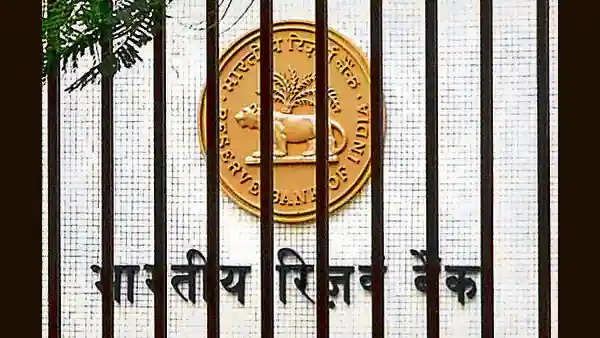The RBI's Digital Rupee will mark a new milestone in the Indian history
50 countries are in the advanced stages of exploring the possibility of launching the digital currency
The eINR or E-Rupee is the Digital Rupee which is a tokenized digital version of the Indian Rupee that will be issued by the Reserve Bank of India as a central bank digital currency. This currency was proposed in 2017 and will launch in the year 2022-2023. Around 105 nations representing 95% of global GDP have taken measures to include digital currency into their economy, according to the Central Bank Digital Currency (CBDC) tracker. In addition, 50 countries are in the advanced stages of exploring the possibility of launching the digital currency.
Benefits of this currency
It will drive innovation in the cross-border payment industry. Markets will produce more large examples in the future based on their unique needs.
CBDC would be utilized for domestic and cross-border payment processing and settlement, according to the Payments Vision 2025 paper issued by the RBI on June 17, 2022. CBDC will be defined by the RBI as retail CBDC, which will be used to meet individual financial requirements, and wholesale CBDC, which will be exchanged between the RBI, public and private sector banks for currency distribution and economic stability. The RBI is also examining CBDCs for Direct Benefit Transfer (DBT) to decrease subsidy leakage and corruption.
One of the benefits of digital currencies is that they allow for the smooth movement of value and can reduce transaction costs. The e-R would have physical currency characteristics such as trust, safety, and settlement finality. Users will be able to transact with e-R using a digital wallet provided by partner banks and kept on their mobile phones or devices. Person to Person and Person to Merchant transactions are both possible. QR codes displayed at merchant locations can be used to make payments.
The pilot for retail digital rupee, the RBI's central bank digital currency (CBDC), began on December 1, 2022 in Mumbai, Bengaluru, New Delhi, and Bhubaneswar. The retail rupee initiative began in a confidential user group with four lenders, including State Bank of India, ICICI Bank, Yes Bank, and IDFC First Bank, as well as customers and merchants.
According to Ajay Kumar Choudhary, executive Director of the Reserve Bank of India, 50 countries are in the advanced stages of exploring the possibility of launching a digital currency. He also stated that digital currency is intended to enhance rather than replace current forms of payment. As a payment instrument, it will give users an extra outlet. He explained the distinction between digital currency and UPI, stating that, like physical currency, digital currency issued by the Central Bank is a liability of the RBI, but UPI is a mechanism of payment. The transaction through UPI is the respective Bank’s liability.
Digital currencies are only accessible through computers or mobile phones since they exist only in electronic form. Typical digital currencies do not require intermediaries and are frequently the most cost-effective way to trade currencies. Digital rupees can be purchased from the four banks approved by the RBI. State Bank of India, Yes Bank, ICICI Bank, and IDFC First Bank are among them. However, the RBI plans to include additional banks in this trial project in the future.
To join us on Facebook Click Here and Subscribe to UdaipurTimes Broadcast channels on GoogleNews | Telegram | Signal



